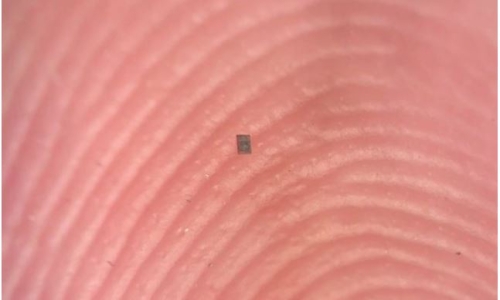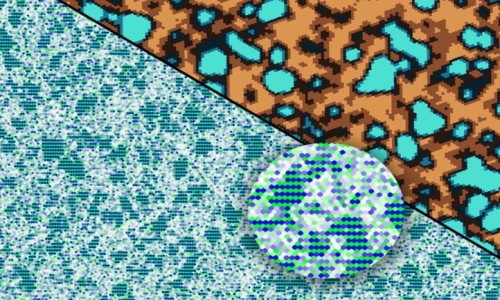


 11:5:27
11:5:27  2025-03-09
2025-03-09  752
752

While there aren't any confused tourists finding their way from A to B on the Moon right now, accurately navigating the lunar surface is going to be crucial for astronauts on future missions.
To lay the foundations for a lunar navigation system, NASA's Lunar GNSS Receiver Experiment (LuGRE) has successfully received global positioning system (GPS) signals beamed from Earth's orbit.
Part of the Blue Ghost mission that landed on the Moon on March 2, LuGRE's instrument received and tracked communications from the Global Navigation Satellite System (GNSS); a network of satellite-based location technologies that includes GPS.
"On Earth we can use GNSS signals to navigate in everything from smartphones to airplanes," says Kevin Coggins, from NASA's Space Communications and Navigation (SCaN) program.
"Now, LuGRE shows us that we can successfully acquire and track GNSS signals at the Moon. This is a very exciting discovery for lunar navigation, and we hope to leverage this capability for future missions."
It means spacecraft in orbit around the Moon and on its surface will be able to precisely track their positions and velocities against the current time on Earth, enabling navigation technologies to find routes between lunar locations.
Lunar GPS should also help spacecraft traveling between Earth and the Moon. Currently, spacecraft positioning is calculated using a complex mix of observations and sensor readings, and it can be quite labor-intensive – so the new approach should save time for astronauts and ground control crew.
LuGRE is going to continue to stay in touch with GNSS for 14 days across a distance of some 225,000 miles or around 360,000 kilometers. This should further test the viability of the hardware, and identify any potential bugs.
This is also an important point in space history for the Italian Space Agency (ISA): LuGRE is the first piece of kit developed with the help of the agency to make it to the Moon. Once the technology is established, NASA and ISA want to offer it to all space exploration agencies.
The LuGRE project is one of many currently underway that are part of the Artemis program, which aims to return astronauts to the Moon by 2027, and eventually establish a long-term base on the lunar surface.
"This mission is more than a technological milestone," says flight dynamics engineer Joel Parker, from the NASA Goddard Space Flight Center in Maryland.
"We want to enable more and better missions to the Moon for the benefit of everyone, and we want to do it together with our international partners."
Reality Of Islam |
|

A tiny robo

By applying

Stanford, C

A new study
 9:3:43
9:3:43
 2018-11-05
2018-11-05
10 benefits of Marriage in Islam
 7:5:22
7:5:22
 2019-04-08
2019-04-08
benefits of reciting surat yunus, hud &
 9:45:7
9:45:7
 2018-12-24
2018-12-24
advantages & disadvantages of divorce
 11:35:12
11:35:12
 2018-06-10
2018-06-10
 6:0:51
6:0:51
 2018-10-16
2018-10-16
 8:4:21
8:4:21
 2022-01-08
2022-01-08
 8:30:23
8:30:23
 2022-03-03
2022-03-03
 2:13:43
2:13:43
 2022-05-27
2022-05-27
 2:11:12
2:11:12
 2022-10-15
2022-10-15
 2:5:14
2:5:14
 2023-01-28
2023-01-28
 6:0:8
6:0:8
 2023-03-19
2023-03-19
 8:19:41
8:19:41
 2018-06-21
2018-06-21
 5:41:46
5:41:46
 2023-03-18
2023-03-18
| LATEST |